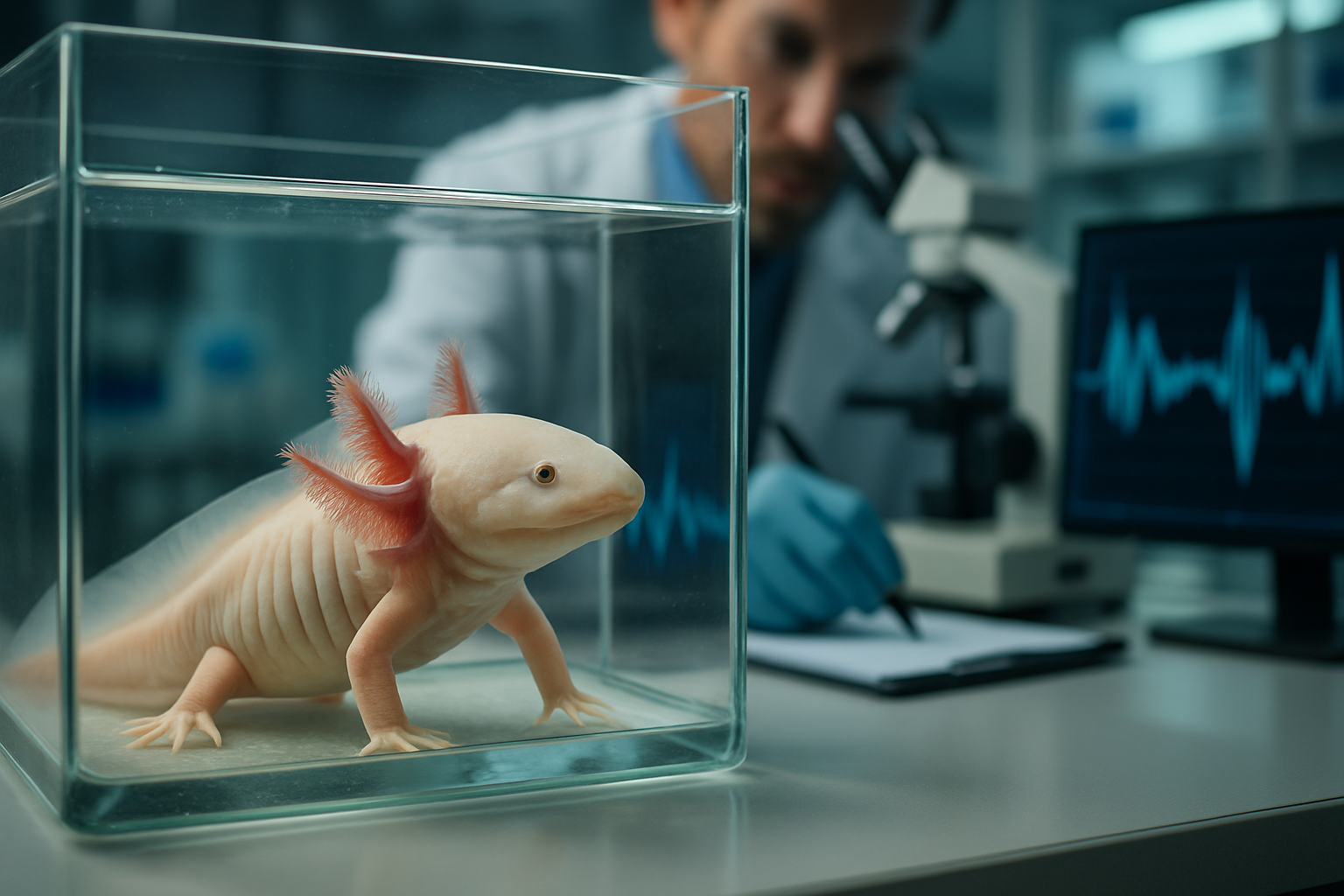Bioluminescent Pets: The Glowing Frontier of Companion Animals
In the ever-evolving world of pet ownership, a luminous trend is emerging that's captivating animal enthusiasts and scientists alike. Bioluminescent pets, organisms that produce and emit light, are illuminating the boundaries of what we consider possible in companion animals. This groundbreaking field merges cutting-edge genetic engineering with our age-old desire for unique and fascinating pets.

The Science of Bioluminescence
Bioluminescence is a natural phenomenon observed in various organisms, from fireflies to deep-sea creatures. It occurs when a chemical called luciferin reacts with oxygen, catalyzed by the enzyme luciferase, resulting in the emission of light. This process, perfected by nature over millions of years, serves various purposes in the wild, including communication, camouflage, and attracting prey or mates.
Scientists have long been fascinated by bioluminescence, studying its mechanisms and potential applications. In recent years, advancements in genetic engineering have allowed researchers to isolate the genes responsible for bioluminescence and introduce them into other organisms, including pets.
The Rise of Bioluminescent Fish
The first commercially available bioluminescent pet was the GloFish, introduced in the early 2000s. These genetically modified zebrafish were initially created to detect water pollution but quickly gained popularity as aquarium pets. The fish were engineered to express fluorescent proteins originally found in jellyfish and coral, causing them to glow under blue light.
Since their introduction, the range of bioluminescent fish has expanded to include other species like tetras and barbs. These glowing fish come in various colors, including red, green, orange, and purple, adding a vibrant and otherworldly element to home aquariums.
Beyond Fish: Expanding the Glow
While fish remain the most common bioluminescent pets, researchers are exploring the possibility of creating other glowing animals. In 2019, scientists in Russia announced the development of bioluminescent rabbits, whose cells contained a gene from jellyfish that made them glow green under UV light.
This breakthrough has sparked interest in developing other bioluminescent mammals as pets. However, the process is complex and raises significant ethical questions. Unlike fish, which are relatively simple organisms, mammals have more intricate biological systems that could be affected by genetic modifications.
The Ethics and Regulations of Glowing Pets
The development and sale of bioluminescent pets have not been without controversy. Critics argue that genetic modification for aesthetic purposes raises ethical concerns about animal welfare and the potential environmental impact if these organisms were to escape into the wild.
Regulatory bodies worldwide have grappled with how to classify and control bioluminescent pets. In the United States, for example, the FDA has approved certain genetically modified fish for sale as pets, provided they are sterile and cannot breed if released into the environment.
However, regulations vary significantly between countries, with some nations banning the import and sale of genetically modified animals altogether. This patchwork of regulations creates challenges for the industry and consumers alike.
Care and Maintenance of Bioluminescent Pets
Owning a bioluminescent pet requires special considerations beyond traditional pet care. While the basic needs of these animals are similar to their non-glowing counterparts, there are some unique aspects to their care:
-
Lighting: Bioluminescent fish often require specific lighting conditions to showcase their glow. Many owners use blue LED lights to enhance the effect.
-
Diet: Some bioluminescent animals may have specific dietary needs to maintain their glow. It’s crucial to research and provide the appropriate nutrition.
-
Health monitoring: As with any genetically modified organism, it’s essential to watch for any unusual health issues that may arise.
-
Environmental impact: Owners must be extra vigilant to prevent these pets from escaping into the wild, where they could potentially disrupt local ecosystems.
The Future of Glowing Companions
As technology advances, the possibilities for bioluminescent pets continue to expand. Researchers are exploring ways to create pets that can change colors or glow in response to specific stimuli, potentially serving as living mood rings or environmental indicators.
The market for bioluminescent pets is expected to grow, with estimates suggesting it could reach several hundred million dollars globally within the next decade. This growth is driven by the novelty factor and the potential applications in fields like biotechnology and environmental science.
However, as the industry evolves, it will need to navigate a complex landscape of ethical considerations, regulatory challenges, and public perception. The future of bioluminescent pets will likely depend on striking a balance between scientific innovation and responsible pet ownership.
In conclusion, bioluminescent pets represent a fascinating intersection of nature, technology, and human companionship. As we continue to explore this glowing frontier, it’s clear that these luminous creatures are not just novelties but potential harbingers of a new era in our relationship with the animal kingdom. Whether they become a widespread phenomenon or remain a niche interest, bioluminescent pets have undoubtedly illuminated new possibilities in the world of animal companionship.





